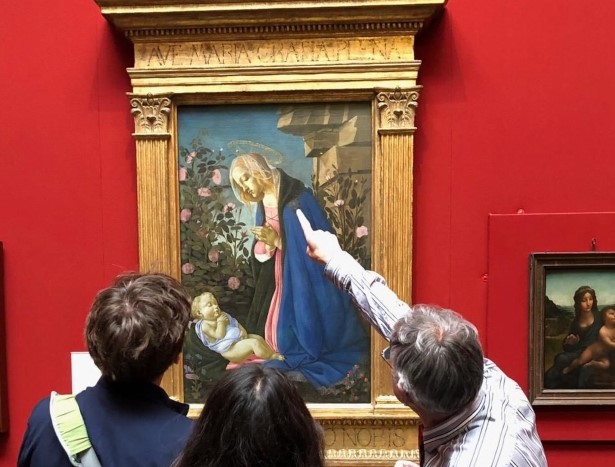A gallery sale is always rewarding, and often the culmination of a great deal of research and effort. We take great pleasure in bringing together a delighted buyer and a satisfied vendor! But there is a particular type of sale that is even more rewarding than most, and that is when an artwork goes to a museum and can be admired and appreciated by so many. In today’s insight, we’re looking at some of our most memorable artworks sold and negotiated to British institutions.
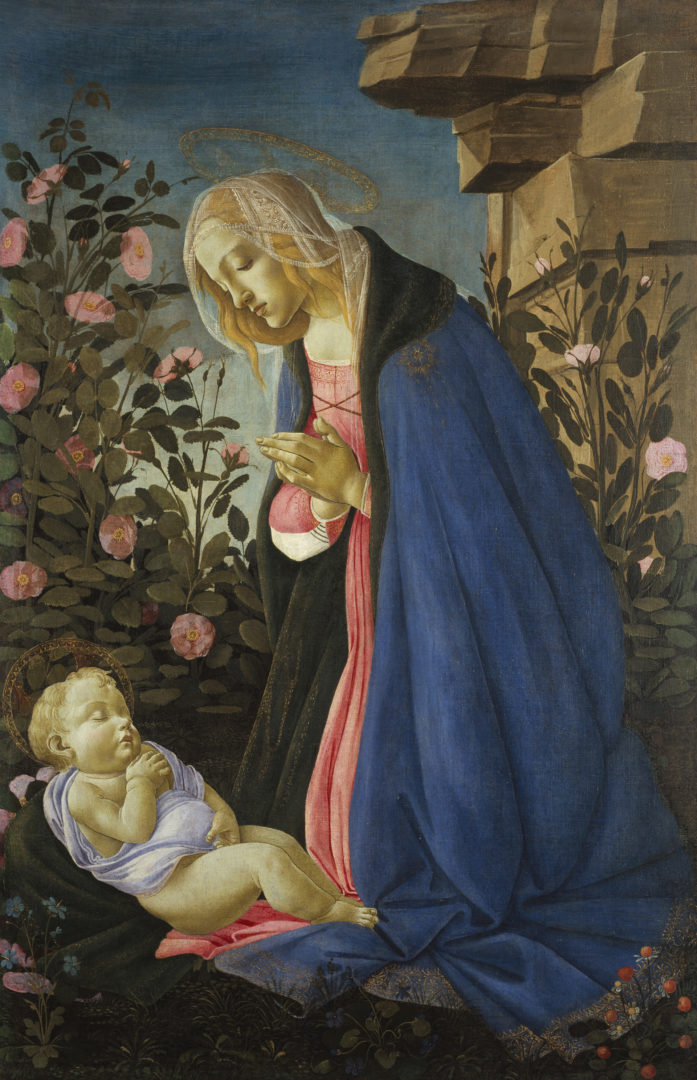

Dickinson was able to assist the National Gallery of Scotland in Edinburgh with the acquisition of a number of pieces, including collection highlights such as Botticelli’s The Virgin adoring the sleeping Christ Child (c. 1485), inspired by the compositions of his teacher Filippo Lippi. Also sold to the museum in 1996 was Guercino’s Erminia finding the wounded Tancred (c. 1650), whose provenance can be traced to its first owners the Duke and Duchess of Mantua. In 2016, Dickinson assisted in negotiating the museum’s acquisition of Allan Ramsay’s Portrait of Bonnie Prince Charlie – whose 2014 rediscovery in a historic Scottish collection was the subject of a BBC documentary featuring art sleuth and television personality Bendor Grosvenor – under the government’s ‘acceptance in lieu’ scheme. Dickinson was further delighted when Sir Timothy Clifford, the former Director of the National Gallery of Scotland, joined the gallery as a consultant expert following his retirement from the museum world.
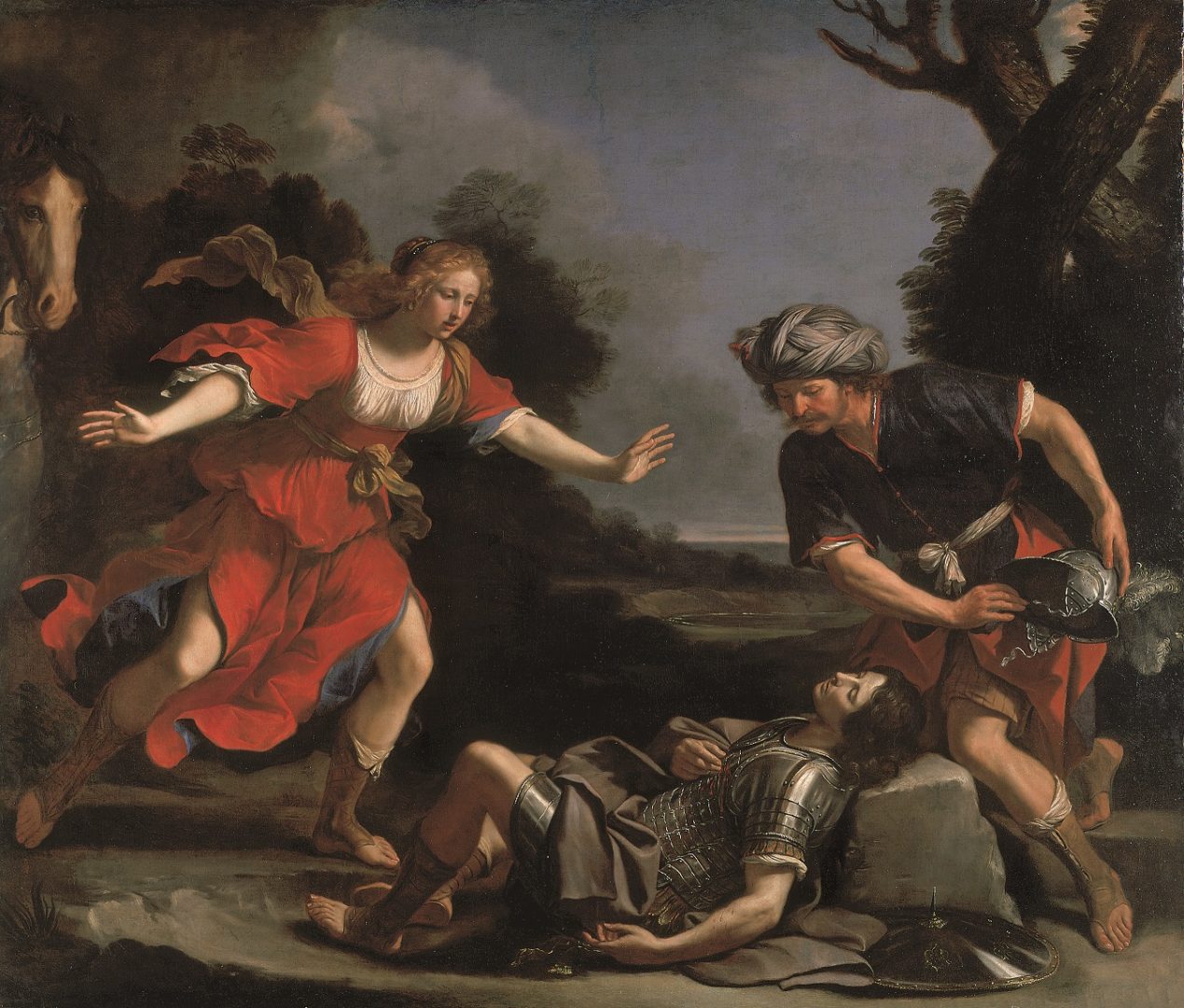

Much like Bonnie Prince Charlie belongs in Scotland, paintings by English Enlightenment master Joseph Wright of Derby are very much at home in his native city. Such is the case with a pair of views, depicting Arkwright’s cotton mill, Cromford and Willersley Castle, Cromford, which the Derby Museum and Art Gallery purchased in 2016. Dickinson specialists bid at auction on behalf of the museum as part of our art advisory services.


Even closer to home, Dickinson sold Henri-Pierre Danloux’s portrait of The Baron de Besenval in his Salon (1791) to London’s National Gallery in 2004, enhancing the museum’s collection of French Revolutionary period portraiture. This portrait depicts the Baron, an erudite collector with close ties to court circles, sitting at his desk surrounded by precious objects and artworks. The painting’s Louis XVI giltwood frame may be its original.
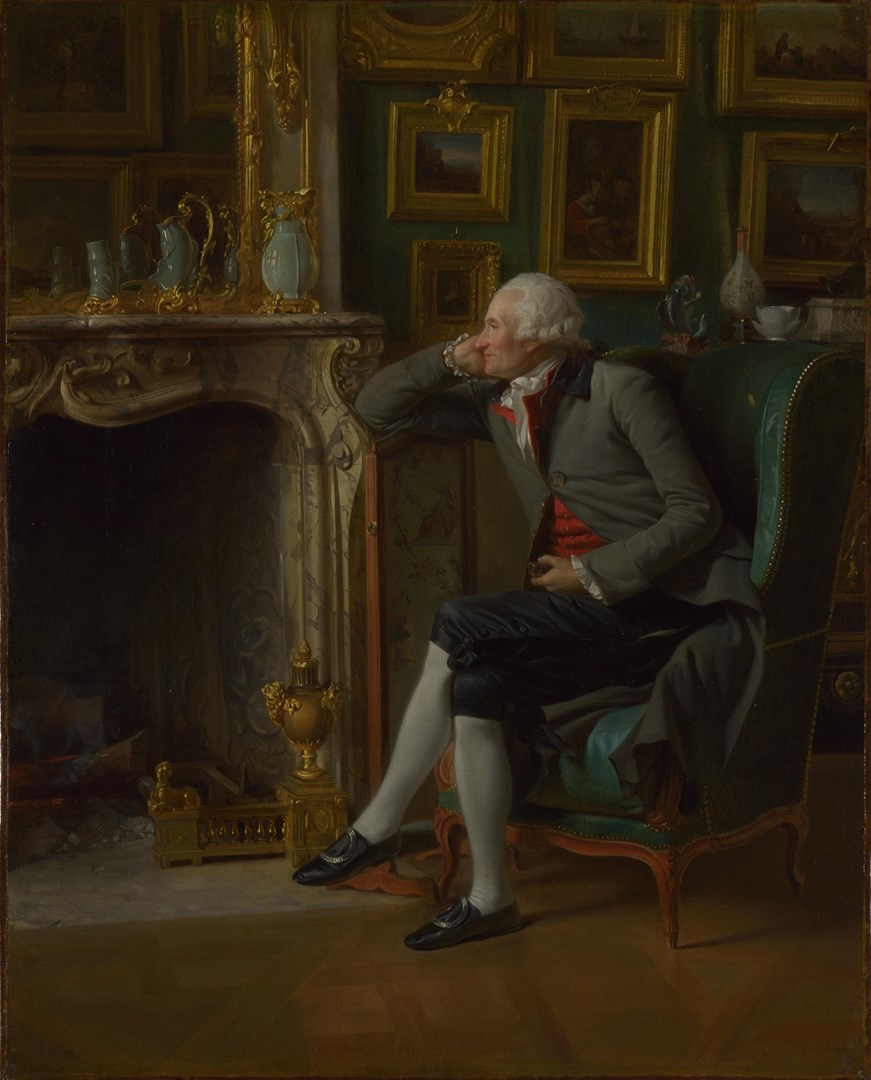

Dickinson sold two sculptures by Picasso, Le Peintre et Model and Tête de Femme, to the National Museum of Wales in Cardiff in 2007. The works from this period, a time of great personal happiness for Picasso, were often inspired by found objects which he ingeniously and humorously incorporated into his work.
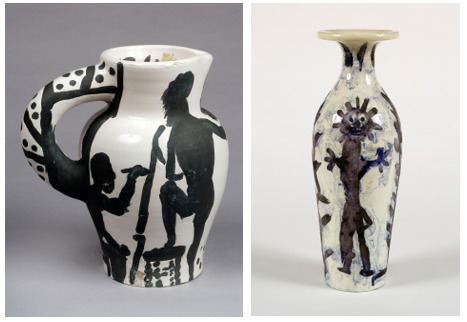

Sales to museums attached to universities are rewarding because of the potential contributions to research in our field. In 1994, Dickinson sold Guercino’s St Sebastian succoured by two angels (1617), a pioneering early work, to Cambridge’s Fitzwilliam Museum. Dickinson’s Director of Impressionist and Modern Art James Roundell and Head of Research Molly Taylor are both Cambridge alumni – so there may be current Cambridge art history students who will become future Dickinson team members.
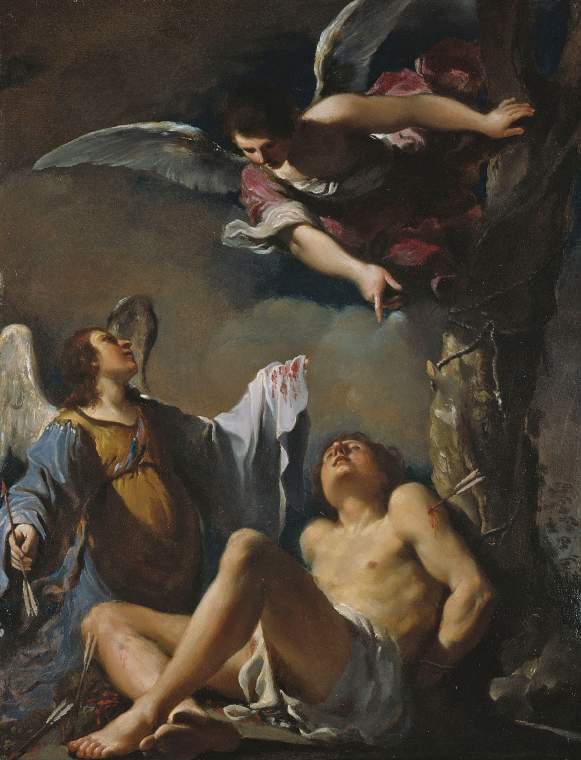

These are just some of the museum sales Dickinson has achieved in the UK, and, further afield, we have negotiated many more artworks to museums around the world. So the next time you visit a national (or international) collection, don’t forget to look at the provenance labels – you might spot a Dickinson picture!


